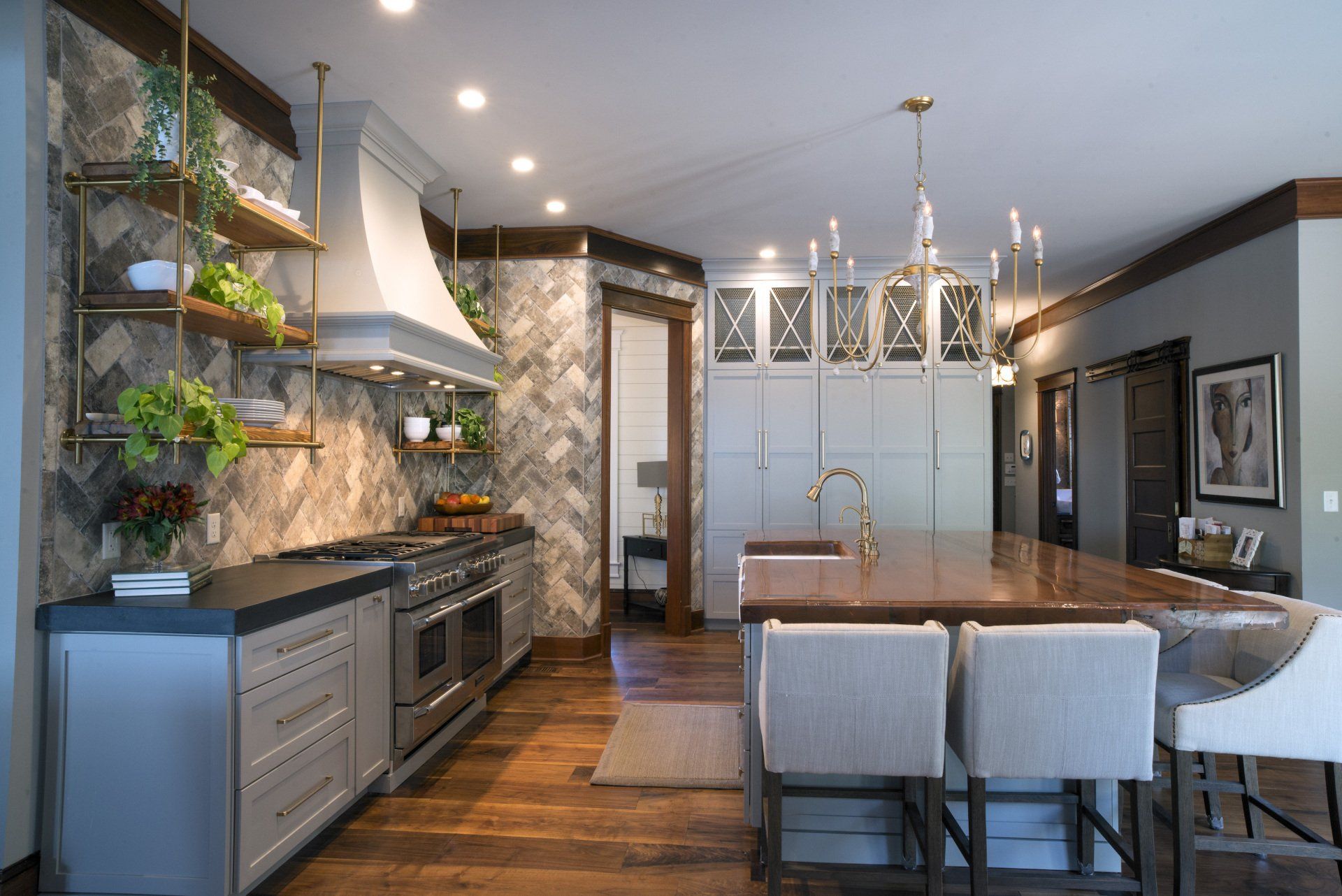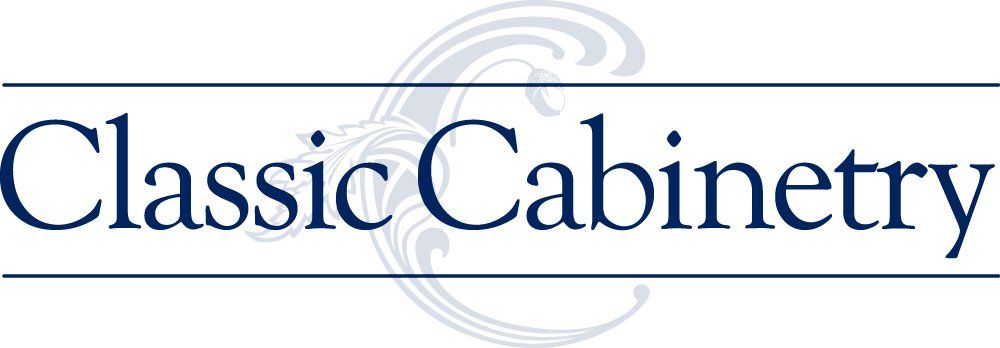We encourage homeowners in Chattanooga who want to create the kitchen of their dreams to think big. Develop a wish list with every possible need, want and desire on it. In many cases, not everything on the wish list is doable. However, the process of listing everything you could possible want helps designers to understanding your priorities and enables them to develop solutions that result in an aesthetically pleasing, high-performing, exceptionally functional kitchen.
Guidance for Developing a Kitchen Wish List
Start with cabinetry. At the top of most homeowners’ in Chattanooga wish lists is custom cabinets. Custom cabinets enable homeowners to have it their way, allowing homeowners to obtain the details and features to make personal design statements in their home and outfit their new kitchen to exacting requirements. Imagine cabinets that rise to the ceiling or make the best use of awkward spaces.
Custom cabinets have almost unlimited style and finish options. You are not limited to oak or cherry. Instead, you can opt for more alternative woods such as bamboo, zebra, mahogany or whatever else your heart may desire. Specialty finishes such as hand-brushed washes can be specified for custom cabinets. There is a blank canvas for door styles as well.
Another advantage of investing in custom cabinetry is that it provides the ultimate flexibility to select the right appliances. Many homeowners in Chattanooga love the clean lines of counter-depth refrigerators that are flush with the cabinetry. Custom cabinets can accommodate any appliance dimension.
Speaking of appliances, many dream kitchen must-haves include smart and high-performing appliances. Smart convection ovens, with steam and air frying capabilities often are on top of the wish list along with smart dual drawer model dishwashers that help to save water and energy. Smart faucets that can be activated by touch or voice command are another extremely popular feature of a dream kitchen.
Next on the list is countertops. There’s a reason why quartz is the number one countertop material among homeowners in Chattanooga. Quartz is made from engineered stone and is comparable in appearance to granite and marble however, it is not porous and is far more resistant to staining, making Quartz easy to maintain and clean. There are an almost limitless number of colors, patterns and finishes available. Quartz can even incorporate veins in interesting patterns to resemble marble and natural stone. Typical quartz slabs are the same thickness as granite, 3cm. However, quartz is heavier than granite and much stronger, allowing for larger tops and longer overhangs. Plus, quartz’ durability means that it won’t chip or crack as easily as other surfaces.
There’s good reasons to invest in a high-performing sink. Studies indicate that homeowners spend up to 50% of their time in the kitchen in front of the sink. A workstation sink is a multitask center, doing far more than serving as a place to hold dirty dishes. They are used for preparing meals, washing and rinsing everything, cleaning vegetables and other foods, rinsing pasta, soaking pots and pans, bathing infants, and drying spaces for glasses and dishes. The sink also serves as a water center, where an instant hot makes a cup of tea in a matter of sectors or filtered and chilled water are available on demand. And another compelling reason homeowners in Chattanooga gravitate to workstation sinks is they save valuable countertop space.
We find that homeowners in Chattanooga are in one of two range hood camps. There are those who want their range hood to be statement-making and serve as a focal point in their new dream kitchen. The other camp prefers their range hood be housed in cabinetry, hidden from view.
When developing your wish list make sure you consider both lighting and backsplash. Dream kitchens include chandeliers, pendants, LED in-drawer, in-cabinet, undercounter and undercabinet LED accent lights and other fixtures that provide the necessary task lighting for meal preparation.
When it comes to backsplashes, slabs are growing in popularity often in the same materials that is used for countertops. Slabs provide a dramatic ambience and are easy to clean.
What other features would you list for your dream kitchen? Give us a call at 423-266-0077 or make an appointment to visit our showroom either in person at 2601 Broad St. and let us show you how to have your cake and eat it too.





